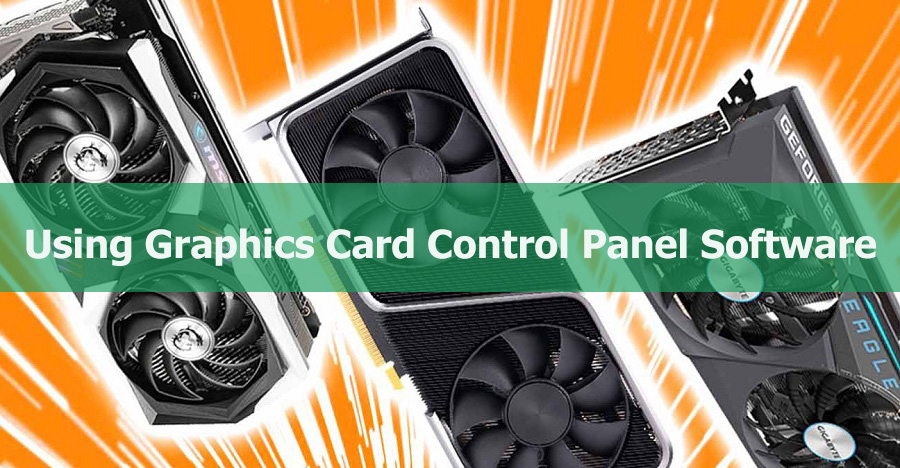If you have a graphics card installed on your computer, chances are you also have graphics card control panel software installed. This software is designed to allow you to adjust various settings related to your graphics card, such as clock speeds, fan speeds, and visual effects. While these programs can be useful, they also have their fair share of pros and cons. In this article, we’ll explore the advantages and disadvantages of using graphics card control panel software.
Pros:
- Customization: Graphics card control panel software allows you to customize your graphics card settings to your liking. This means you can adjust things like clock speeds, fan speeds, and visual effects to optimize performance and enhance visual quality.
- Performance Boost: By adjusting your graphics card settings, you can potentially achieve better performance, such as smoother gameplay and faster rendering times. Overclocking, for example, can help you achieve higher clock speeds, resulting in better performance.
- Improved Visuals: Graphics card control panel software often includes settings that can enhance the visual quality of games and other graphic-intensive applications. This includes features like anti-aliasing, anisotropic filtering, and texture filtering, which can all improve the overall visual experience.
- Real-Time Monitoring: Many graphics card control panel software includes real-time monitoring features that allow you to keep an eye on your GPU’s temperature, clock speed, and other performance metrics. This can help you identify issues and optimize your settings for better performance.
Cons:
- Complexity: Graphics card control panel software can be quite complex and overwhelming, especially for novice users. There are many settings and options to adjust, and making the wrong changes can potentially damage your graphics card or even your entire computer.
- Stability Issues: Overclocking and other adjustments can potentially lead to stability issues, such as crashes and system freezes. This is especially true if you push your graphics card beyond its capabilities.
- Compatibility Issues: Graphics card control panel software may not be compatible with all hardware configurations. In some cases, it may conflict with other software or drivers on your computer, leading to issues with performance or stability.
- Voiding Warranties: Overclocking and other adjustments made through graphics card control panel software can potentially void your graphics card’s warranty. This is because such modifications can potentially cause damage to your hardware.
- Power Consumption: Overclocking and other adjustments made through graphics card control panel software can lead to increased power consumption. This means that you may need to upgrade your power supply unit to accommodate the increased power requirements.
In conclusion, graphics card control panel software can be a useful tool for optimizing performance and enhancing visual quality. However, it is important to proceed with caution and to understand the potential risks involved. If you are new to graphics card control panel software, it is recommended that you do some research and seek the advice of more experienced users before making any changes. Always remember to back up your settings and to monitor your system’s stability after making adjustments.

